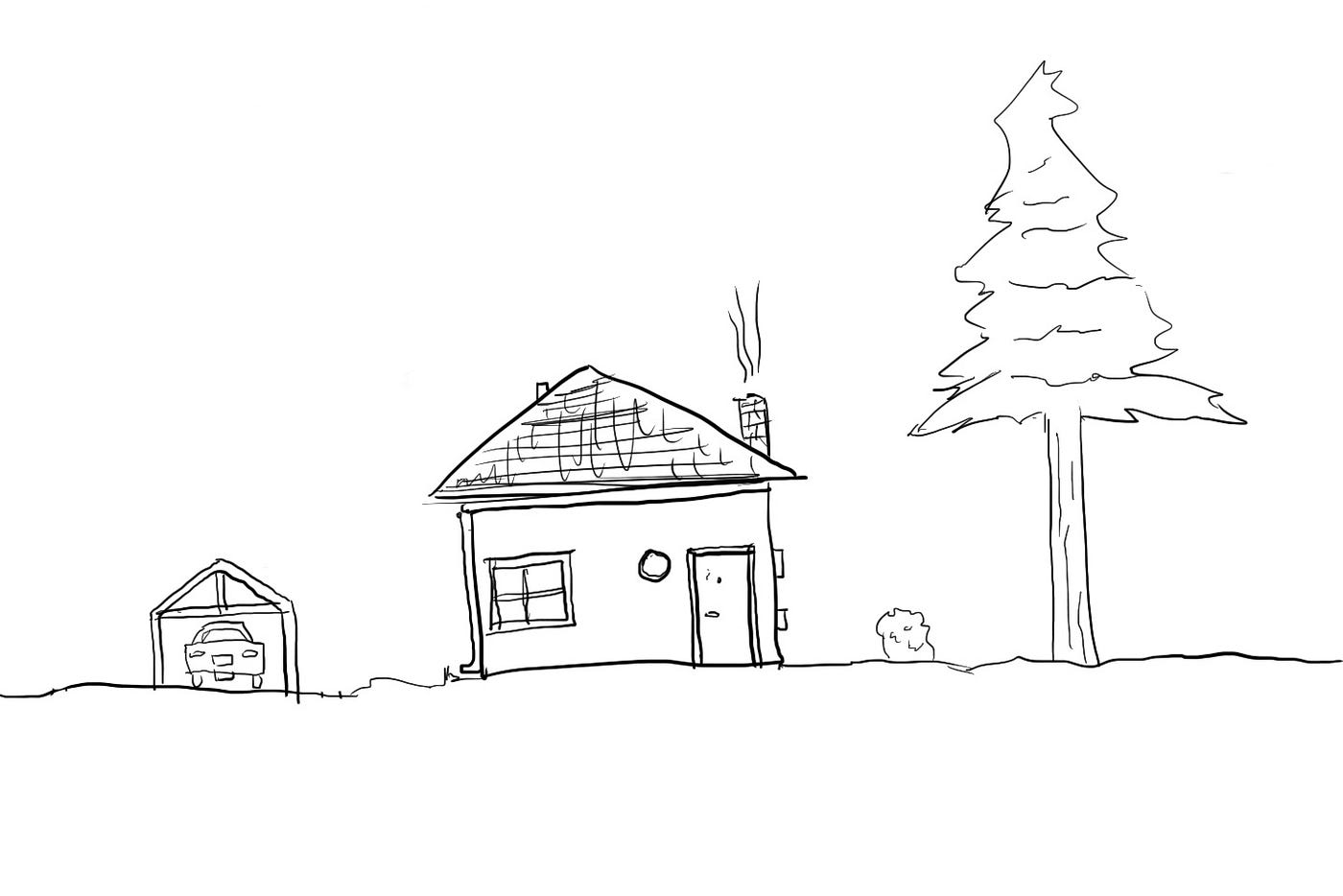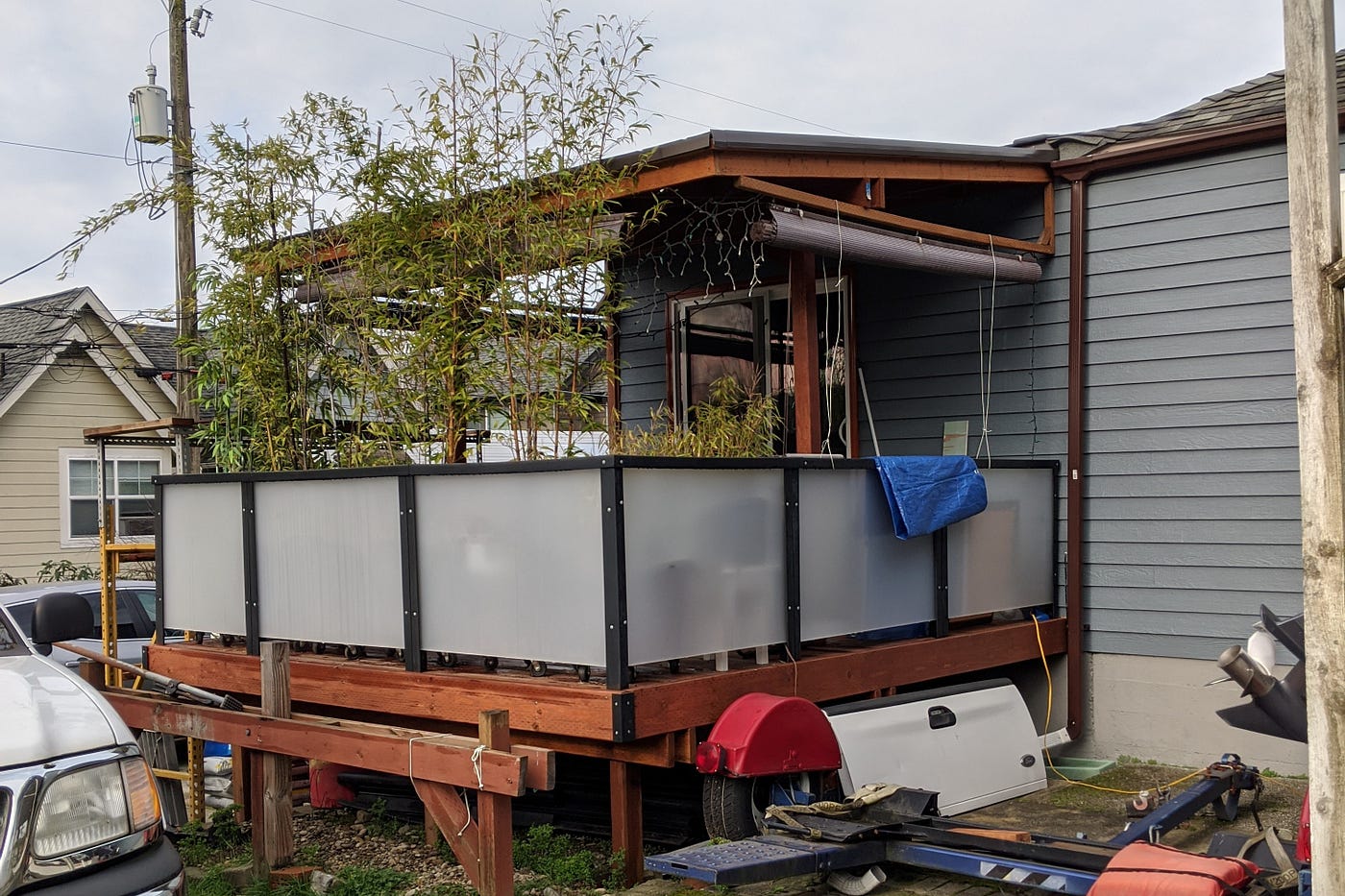When describing architecture (in academia and practice), we architects tend to discuss facts, stats, or the way a building or space is important to architectural thinking’s overall history. Equally important, though, is the vocabulary of non-architects’ — often simpler and sufficiently succinct with phrases such as “this place is beautiful” or “this is nice,” (both of which were uttered by me many times despite possessing a larger lexicon at my disposal, at the Pantheon, no less). Both are completely valid ways of describing architecture, not dissimilar to the various ways of describing food. For example, you probably have a myriad ways of saying how delicious, scrumptious, or bomb AF your taco is, you may be able to put its existence into historical, contemporary, and cultural context like Dave Chang does on Ugly Delicious, or if you’re a snob, you likely use too many big words in incomprehensible combinations.
I would like to point out an aspect of architecture not often a subject for mainstream discourse —one of time and emotional attachment. I’d conjecture to say that the way in which your home grows with you through your years is never fully embraced in a designer’s grand scheme (with good reason, of course). And my parent’s home is a wonderful example of how a building can defy objective scrutiny with warm subjectivity.

Something not often discussed in school, the industry, or even casual conversation is the sense of emotion and attachment we have for certain buildings, or rather certain things in general. Of course, sentiment is not conducive to architectural discourse because it is personal and does not forward “the movement” or “a” movement. But, it is worth considering the personal attachment you have towards a space or a place. Like with music, a good song may be objectively “amazing,” but that objectively “horrible” song that reminds you of the good ol’ days may just be even more amazing, special perhaps. It is a feeling, something that speaks only to you and inevitably becomes a part of your character.
My very own home is such an example of what I believe to be “good architecture” in the very subjective sense, despite having some aesthetic, practical, and awkward flaws. It is a house built who-knows-when, in West Seattle, purchased in the 90’s by a couple of Vietnamese immigrants at an insanely low figure. As I recollect how that house looked during my prime (let’s face it, primary school was the golden years), I can remember god awful brown shag carpeting, dirty siding, rough white popcorn ceilings that would crumble downwards when touched, and old dirty furniture and appliances. This was the house in which I was conceived and raised until my adult life began. It is also the house in which my parents continue to reside, some thirty-odd years later.
Quite recently, a friend of mine visited my parent’s home and I had a revelation. Said friend is Korean, someone who spent most of his life in Korea before coming to the states for study and work. I gawked at his gawking of my humble home, which I apparently took for granted for twenty-something odd years. See, my parents home is rather small compared to how Americans are generally used to. Just big enough for three people, no more. He exclaimed at the many photos hung on every wall and shelf, at the evidence of this house being occupied since my days as a toddler. This exclamation comes from someone raised in a country where the majority occupies apartments densely packed all over; an urban fabric in which people move around so much that there are moving companies that will amaze and surprise you by their otherworldly efficiency and means. What I saw through my friend’s eyes, and later understood from his explicit explanation to me, was just how precious this house is.

The deck I helped my dad build in the summer of 2018
I never thought much of this house - I was actually embarrassed of it for a long time, but I now understand the significance in my parents’ constant rebuilding and renovating of almost every little detail of it since the day I was born. This house is a product of their lives’ efforts, a symbol of their idea of achieving success and maintaining it in a country they thought would free them. It speaks volumes about their attitudes towards shelter, safety, and the freedom to be at home as the pinnacle of luxury. It speaks to what it means to be free from what would have been a life of even more hardship and poverty. This house is their story, a lengthy one at that. Whether or not it’s an achievement in sustainability, formal gestures, or theoretical statements, who knows (it’s not an achievement of any of those things by the way). My parent’s dedication to encapsulating our memories and treating this house beyond shelter make a good case for the significance of narrative.
An architecture of sentiment may not be the agenda or priority of an architect and it need not be. Perhaps we’re too quick to judge a building, even before it’s built and even after. Perhaps we should give it a chance to speak to us and perhaps we have yet to form a bond with it. Who’s to say my house is unimpressive architecturally? Well, besides a theoretician. Architecture is also meant to delight, is it not?